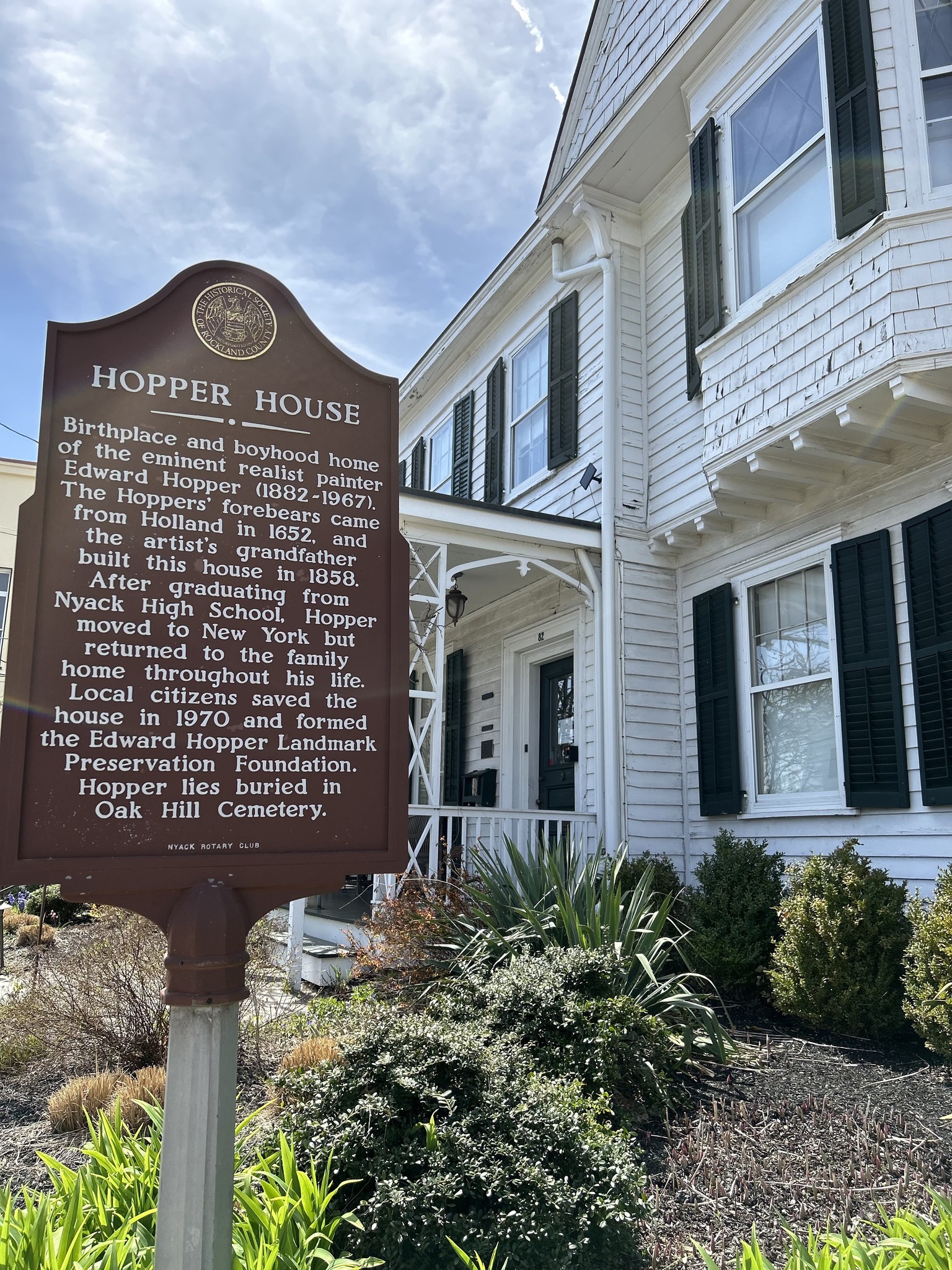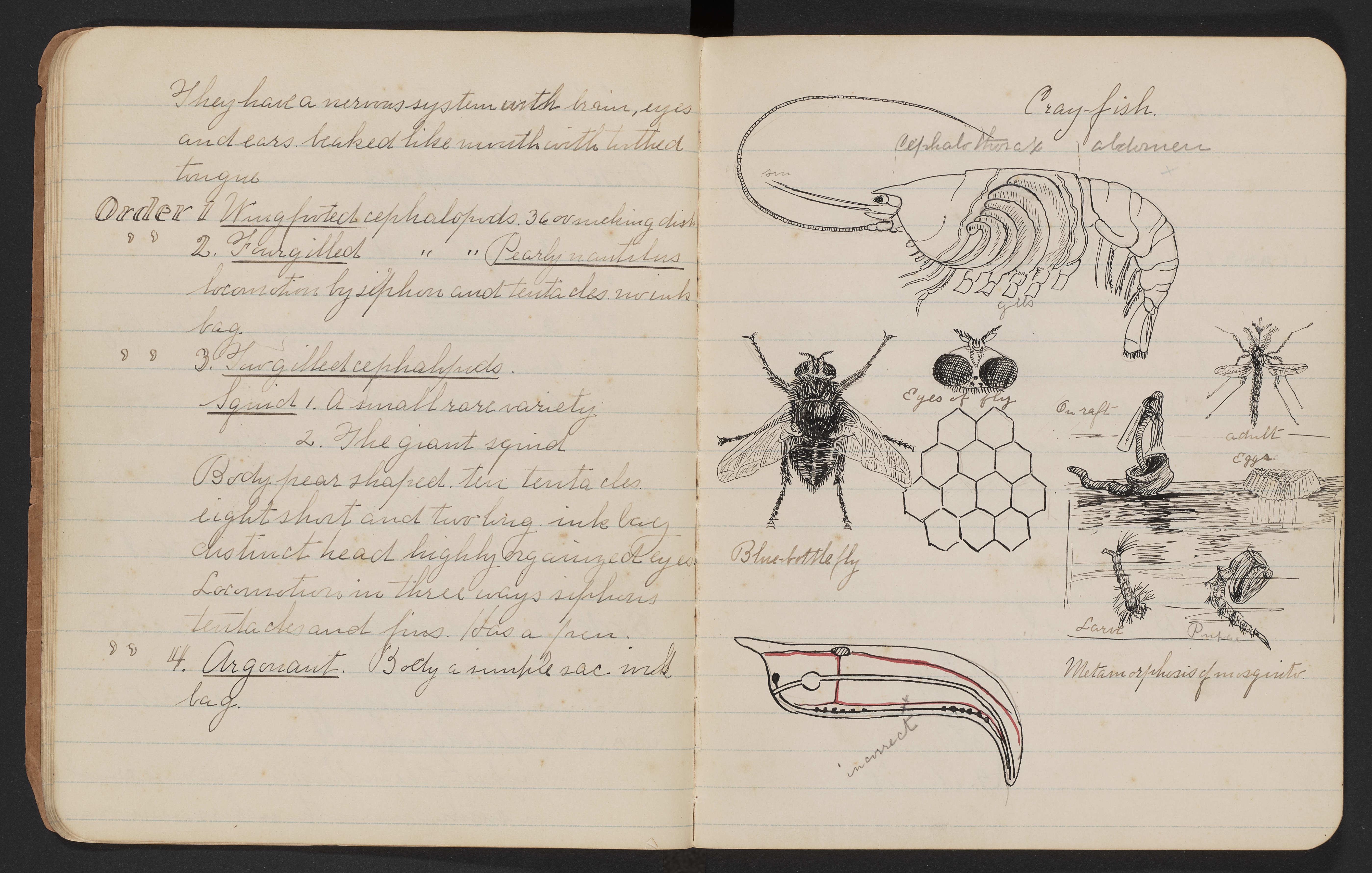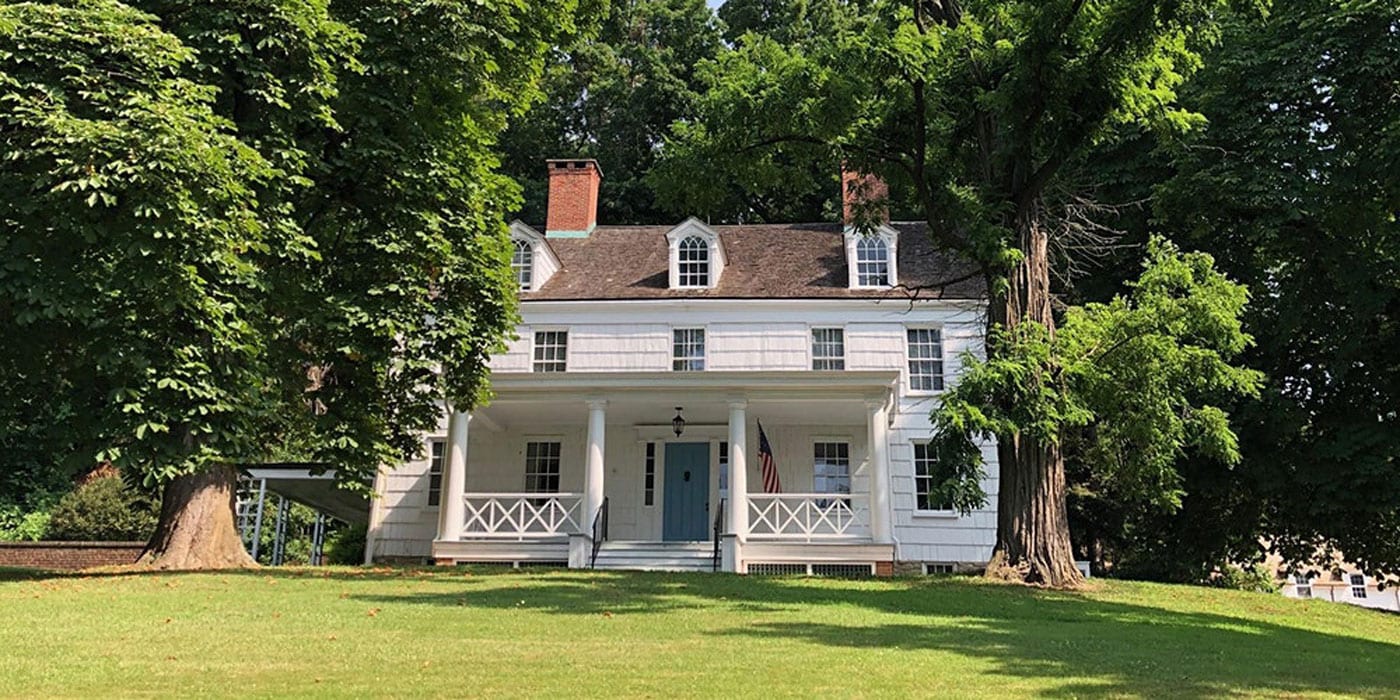The Institute for Museum and Library Services (IMLS) is the primary source of federal support for the nation’s approximately 120,000 libraries and 35,000 museums and related organizations. In 2022, the IMLS awarded $44.7 million in 280 grants to museums; $7.1 million was awarded to 37 museums in New York State. We spoke to three New York State museums who were awarded an Inspire! Grants for Small Museums or a Museums for America grant in FY2022 about their project goals and advice for museums interested in applying.
Inspire! Grants for Small Museums
Inspire! Grants for Small Museums are a special initiative of the Museums for America grant program and are designed to reduce the application burden on small museums and help them address priorities identified in their strategic plans. Recipients focus on lifelong learning experiences, institutional capacity building, and collections stewardship and access.
New for FY2024, the IMLS will fund two different project types, small projects: $5,000 - $25,000 with no cost share required and large projects: $25,001 - $75,000 with a 1:1 cost share required.

The Edward Hopper House Museum (EHH) was awarded $49,500 to work with professional conservators to complete conservation treatments on fragile objects in its collection. The museum took a two-phase approach to this project. The first phase was funded by a 2020 National Endowment for the Humanities CARES Act Grant. This grant provided the museum with funds for a digitization plan and the digitization of 135 collection items. “It created a detailed conservation survey that provided some of the treatment plans for Phase 2 that was funded by the IMLS Inspire! Grants for Small Museums,” said Kathleen Bennewitz, Executive Director of the Edward Hopper House Museum & Study Center.
In Phase 2 the museum worked with book, paper, and photographer conservators at the Conservation Center for Art and Historic Artifacts in Philadelphia to complete treatment on 27 items that were identified as extremely fragile, rendering them currently inaccessible for use in exhibitions, programming, and research. “As an IMLS “Collections Stewardship and Access” request, this project is strengthening EHH’s ability to serve its public by advancing the management, care, access, and uses of their collections through conservation treatment,” said Bennewitz.
 Images from Edward Hopper's Nyack High School Zoology notebook, c. 1896-1899 ; The Sanborn-Hopper Family Archive, Edward Hopper House Museum & Study Center, Nyack, NY
Images from Edward Hopper's Nyack High School Zoology notebook, c. 1896-1899 ; The Sanborn-Hopper Family Archive, Edward Hopper House Museum & Study Center, Nyack, NY
Conservators will document the treatment in photographic and written reports. The project will result in access to stabilized objects that can be used by researchers, scholars, curators, and students studying Edward Hopper’s career and art. “This stewardship project will benefit our visitors to the Edward Hopper House Museum, as well as provide previously unavailable access to this material for researchers, scholars, curators, and students studying Edward Hopper’s career and art, the history of the Nyack community, and life and industry along the Hudson River circa 1880-1910.”
Preservation Long Island (PLI) was awarded $45,137 for an assessment of its inventory practices to improve access and the long-term care and maintenance of the collections displayed and stored at its historic sites and facilities—the PLI Headquarters building in Cold Spring Harbor, Joseph Lloyd Manor and Collections Storage in Lloyd Harbor, Sherwood-Jayne Farm in Setauket, and the Custom House in Sag Harbor. “The goals of the project were to work with a professional collections consultant to test and establish standardized procedures for doing regular collections inventories and then to hire a project collections assistant to accomplish a baseline inventory of PLI’s entire objects collection,” said Lauren Brincat, PLI Curator. .
 Located in the present-day Town of Huntington, Joseph Lloyd Manor was completed in 1767 for Joseph Lloyd (1716–1780). The house was the center of the Manor of Queens Village, a 3,000-acre provisioning plantation established in the late 17th century on the ancestral lands of the Matinecock Nation. Jupiter Hammon (1711–before 1806), one of the first published African American writers, was one of the many people of African descent enslaved at the site. The British occupied Joseph Lloyd Manor during the Revolutionary War, and it is where Hammon authored his most significant works about the moral conflicts of slavery and freedom in the early United States.
Located in the present-day Town of Huntington, Joseph Lloyd Manor was completed in 1767 for Joseph Lloyd (1716–1780). The house was the center of the Manor of Queens Village, a 3,000-acre provisioning plantation established in the late 17th century on the ancestral lands of the Matinecock Nation. Jupiter Hammon (1711–before 1806), one of the first published African American writers, was one of the many people of African descent enslaved at the site. The British occupied Joseph Lloyd Manor during the Revolutionary War, and it is where Hammon authored his most significant works about the moral conflicts of slavery and freedom in the early United States.
The collections inventory project will help bring to light new stories that can be told with the existing collections at PLI’s historic sites. In addition, with the information gathered through this project, PLI will be able to seek new acquisitions that help make PLI’s collection—and the public programs, exhibitions, interpretations, and digital content the collection supports—more relevant to more people while also enhancing public knowledge of unrepresented stories. “Another goal of this work is to share our experience and methodologies with local organizations to assist them in their own collections inventory work,” said Brincat. PLI will use Joseph Lloyd Manor and its collection as a pilot site. They will contract with a museum services firm to conduct a workflow assessment, develop inventory and staffing plans, and support staff in testing new procedures.
After testing is completed, PLI will hire a temporary collections assistant to employ the new protocols in inventorying collections at other Preservation Long Island sites. The project will result in an inventory manual, increased organizational knowledge of requisite staff capacity for routine collection inventories, and greater public access to objects related to the regional material culture of New York.
Brincat’s advice to other museums thinking of applying for an IMLS Inspire! Grant is to “create projects that have demonstrable sustainability and will continue to have an impact on the organization beyond the project’s duration. We plan to share the goals, process, and outcomes of the project through our website and public talks/workshops,” said Brincat. “To build upon this work, Preservation Long Island will address redundancies and gaps in its collection and will pursue further funding to assess its current collections management software and procedures and potentially adopt a new system that makes the organization’s entire collection more accessible to Preservation Long Island educators and the greater public.”
Museums for America
Museums for America supports projects that strengthen the ability of individual museums to benefit the public by providing high-quality, inclusive learning experiences, maximizing resources to address community needs through partnerships and collaborations, and preserving and providing access to the collections entrusted to their care.
Schenectady County Historical Society (SCHS) was awarded $87,100 to survey historical records created by individuals and organizations in the African American community of Schenectady County. “The primary goals of this grant project are to promote community stewardship of the historical records created by African Americans in Schenectady County, develop relationships between SCHS and community partners, support community custody of the archival collections, and increase access to primary sources for students and researchers, particularly Black students in the Schenectady City School District,” said Marietta Carr, SCHS Librarian.
A consulting project archivist will work with an advisory committee, museum staff, and student assistants to conduct site visits, review record collections, document those of enduring historic value, and log responses to survey questions from creators, collectors, and custodians of historical records.
“SCHS wants to serve as a resource for the preservation of African American historical records, but we must first understand what records exist and what the community needs from us in this shared goal,” said Carr. Public programs will promote the project and provide information to the community on topics such as preservation and family history. “We worked with a community advisory committee to develop our project priorities which included administering a community survey, creating a catalog of community-stewarded collections and preservation efforts, developing a youth engagement component, and hosting community-based events. Overall, a year after we were awarded the grant, we still have the same priorities. The youth engagement component has become more of a focal point of the project. We've developed the Sankofa Youth Collective to employ at-risk youth in the community in delivering the community survey and events and established an "each one teach one" model of engagement. While the catalog component is still a priority, we're reconsidering the parameters and format.”
The project team will analyze the survey data and develop a searchable online catalog that identifies the location of records, their condition, and whether they are accessible to the public. This project will encourage community stewardship of historical records, engage the community to foster archival preservation, and strengthen relationships between the museum and community partners.
“Give yourself plenty of time to work on the application materials,” said Carr. “Once you have a concrete idea and plan and have reviewed the application documentation, schedule a meeting with the program officer to discuss your project idea and methodology. Talking with the program officer was extremely helpful in wrapping my head around the application materials and process.”
Applications for these and other IMLS grants are due November 15, 2023. Learn more about the IMLS and how to apply: https://imls.gov/
Learn more about NYS museums awarded in FY2023: https://nysmuseums.org/MANYnews/13237616
